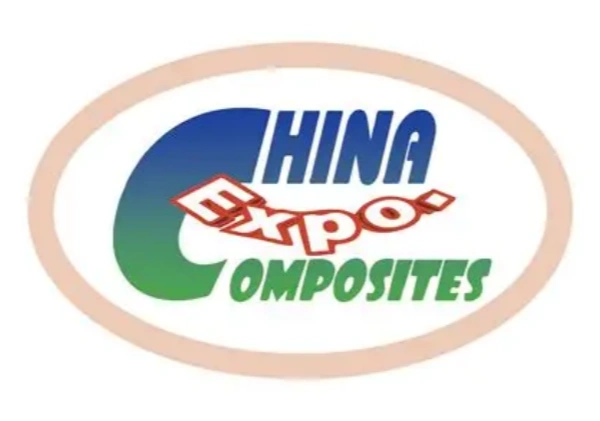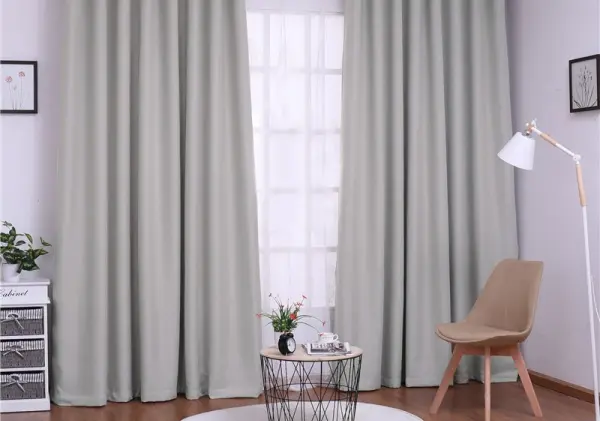2025-08-06
Solutions to problems of composite fabrics: Selection of surface and base fabrics Best: Consistent width, consistent shrinkage, and consistent thickness 1. If the difference in shrinkage is greater than 3 points, fabrics with smaller shrinkage should be selected thicker than fabrics with larger shrinkage (specific sample to be determined). 2. The fabric before laminating should not undergo hydrophobic softening treatment, especially fluorine based waterproof treatment. 3. Try to avoid choosing white fabrics, especially white woolen fabrics, for laminating purposes 4. High value fabrics should have a narrower width than low value fabrics before entering Laminating Machine, and the difference in width should not exceed 10CM, otherwise there will be significant waste. 5. Try not to use fabrics with production risks for laminating.
Solutions to composite fabrics problems: Laminating process 1. Ready to wear clothing requires dry cleaning of fabrics and the use hot melt Pur Laminating Machine. 2. When laminating, the fabric should be aligned with the strands to avoid weft skewing, twisting of straight threads, etc 3. Adequate mid-term maintenance treatment is necessary, otherwise the peel strength will be poor. 4. Laminating processing may seem simple, but it is closely related to the experience, technology, and operational proficiency of the laminating factory. 5. The composite fabric cannot be recombined, and even if peeled off, it will affect the yarn of the fabric, making it harder to feel and easily punctured by needles. 6. Non elastic high-density shuttle fabric needs to be laminated with film, otherwise the fastness is poor






 Wechat: ANNIELV88
Wechat: ANNIELV88



